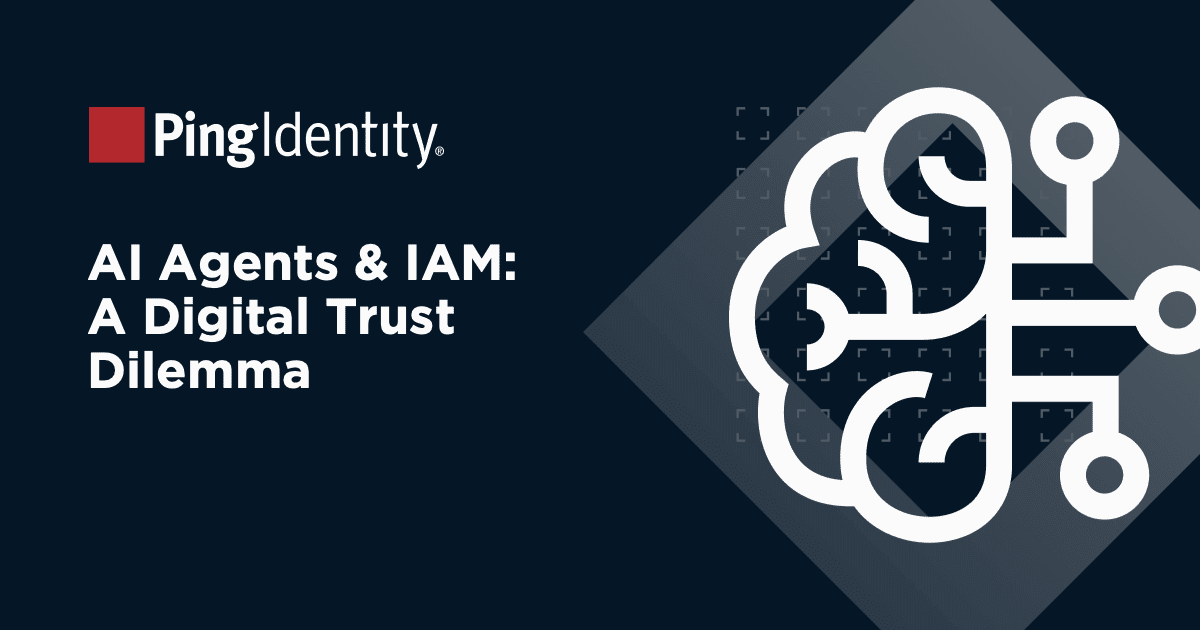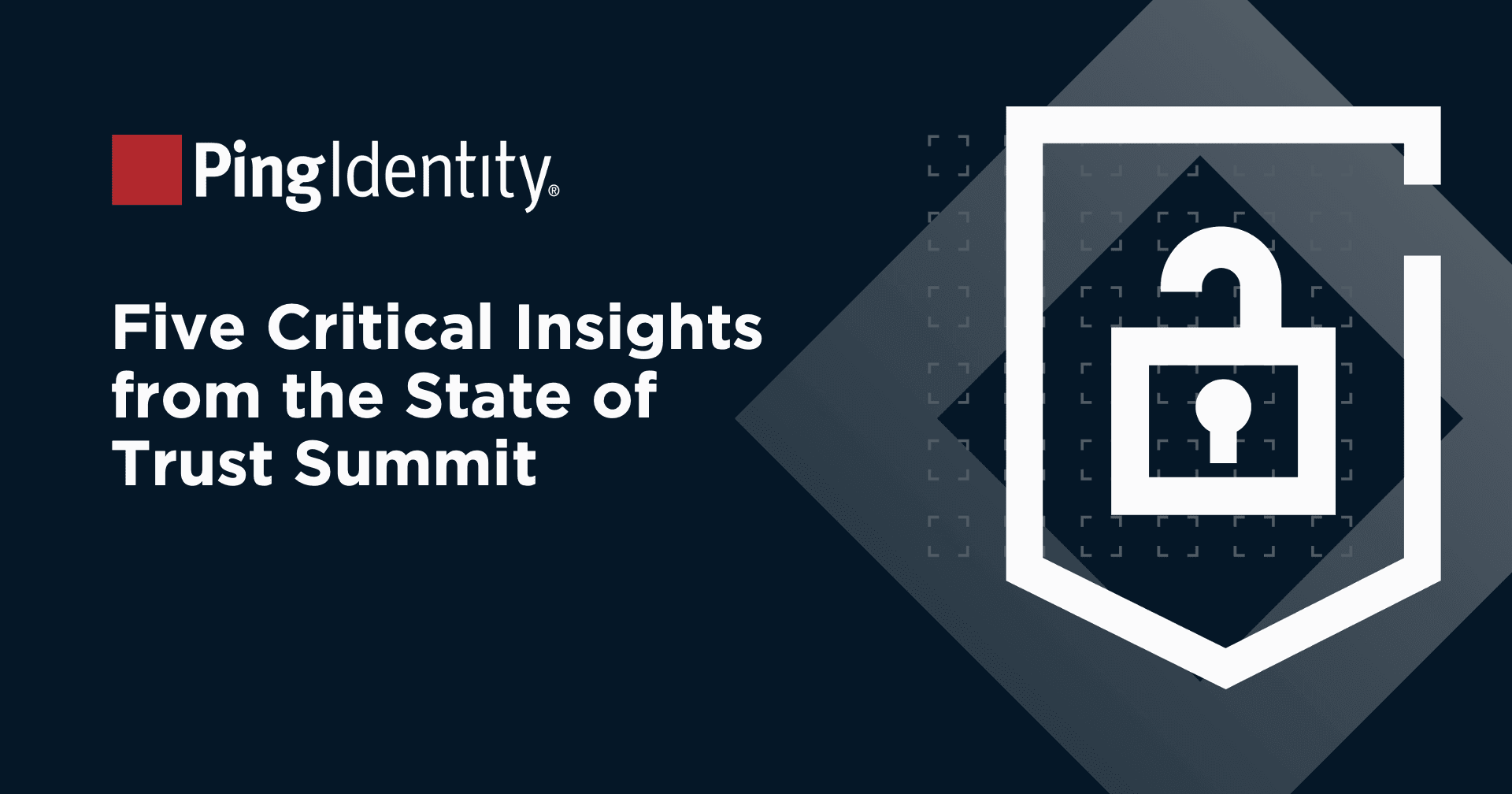Fighting deepfake fraud starts with a robust identity framework. Traditional methods of verifying identities, such as passwords or one-time passcodes, fall short in detecting AI-generated forgeries. To counter these threats, financial institutions must prioritize advanced identity solutions and security measures that leverage biometrics, real-time analytics, decentralized identity, machine learning, and verified credentials. Multi-factor authentication (MFA), while a useful digital security capability, isn’t enough on its own to combat identity fraud in the world of generative AI.
Identity verification
Identity verification is a critical first step. Facial recognition systems, enhanced with liveness detection, can differentiate between a live human and a static image or video. The Ping Identity Platform analyzes micro-expressions and movements to flag deepfake attempts, adding a vital layer of protection. In one case, liveness detection stopped a deepfake video from bypassing a government ID check, saving a financial institution from approving a fraudulent loan.
Verified credentials
Verified credentials introduce a revolutionary way to validate identity. By using cryptographic techniques to bind an individual’s information to a secure digital credential, institutions can confirm identity without relying on physical documents. These credentials are stored in digital wallets, providing a tamper-proof, decentralized means of authentication. For instance, during customer onboarding, a verified credential can authenticate not only the individual’s identity but also the integrity of the information presented, effectively nullifying attempts to use manipulated data.
Decentralized identity
Decentralized identity solutions empower users by giving them control over their personal information. Instead of storing identity data centrally, which presents a single point of failure, decentralized models distribute data across secure networks. Users can selectively share specific attributes of their identity, such as proof of age or employment, without exposing additional details. This approach minimizes data exposure, reducing the risk of exploitation through deepfakes or other means. Moreover, decentralized identity makes it easier for institutions to revoke compromised credentials in real time, ensuring ongoing security.
Adaptive authentication
Adaptive authentication methods complement these technologies by continuously analyzing behavioral signals—such as typing speed, device usage, and geolocation—to identify anomalies that could indicate fraudulent activity. If a customer suddenly attempts a high-value transfer from an unusual location, adaptive authentication can trigger additional verification measures or block the transaction altogether.


